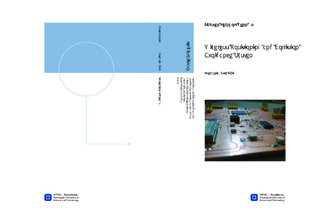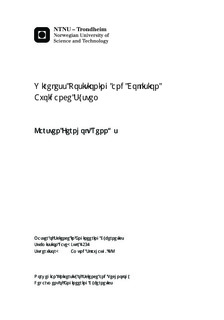| dc.description.abstract | Early in the 1980's Jens G. Balchen wanted to create an autonomous bike, capable of driving without any help from supporting wheels or human interaction. The intriguing idea included a variety of complicated concepts and was at that time almost an impossible task to accomplish. As time progressed and both technology and equipment developed, the possibility of a driverless bike becomes more than just an idea. The Norwegian University of Science and Technology (NTNU) has during the later years dedicated resources, time and effort in making a reality of the concept through the project named CyberBike. Every year, clever solutions are brought to the table, adding more functionality and better designs, bringing the project closer to a complete solution of an autonomous bike.The main focus of this thesis has been to develop a system for the bikes positioning system, as well as collision avoidance. It also includes the communication made from the bike to a potential operator via wireless data transfer. The goal is to make a solution for the bike so that it could travel a given route, while communicating important data back to the observers. The task encompasses gathering the information made available by previous work, defining key areas of improvement and designing and testing a proposed solution. First, the overall design is presented, showing how the two circuit boards made as the solution are connected with possible peripherals. The technical communication challenges pertaining the wireless communication is touched upon and relevant concepts are introduced. Furthermore, the selected microcontroller for the system is presented, giving key pointers in specific areas which might be confusing. Different possible devices are then discussed for the positioning system, the wireless communication and different setups of range sensors. Testing done using the equipment explained in the thesis is presented, showing the results of the system. Improvements to the solution are introduced based on the experience obtained through the work, giving a solid basis for further work relating to the subject. | nb_NO |

